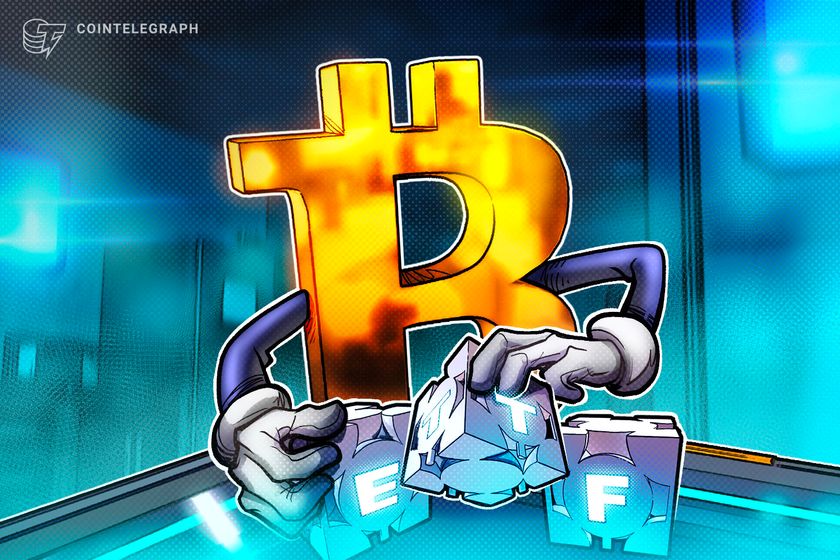$100K BTC? Don’t undervalue Bitcoin ETF influence, says Adam Back


Resolving recent systemic failures in the cryptocurrency ecosystem and the prospect of spot Bitcoin ETF approvals could drive Bitcoin to $100,000 in 2024.
The COVID-19 pandemic, rampant inflation and regional conflicts directly influenced Bitcoin’s (BTC) drop in value over the past two years. However, 2024 promises to be a resurgent period, according to Blockstream CEO Adam Back.
The cryptographer, who pioneered the proof-of-work algorithm applied in Bitcoin’s protocol, tells Cointelegraph that the preeminent cryptocurrency is trailing below the historical price trend line of previous mining reward halving events.
Back weighed in on the potential price action of Bitcoin as the next halving approaches, which will see Bitcoin miners’ block reward reduced from 6.25 BTC to 3.125 BTC. Block reward halvings are programmatically hardwired into Bitcoin’s code, taking place after every 210,000 blocks.




















